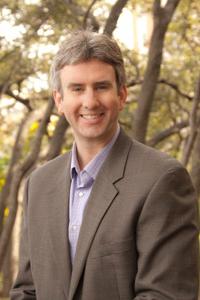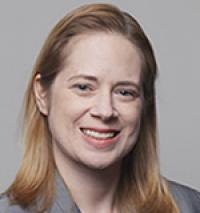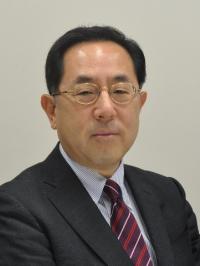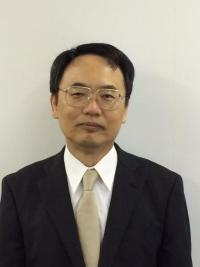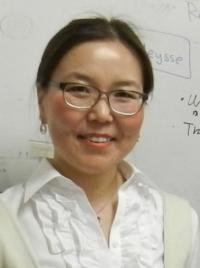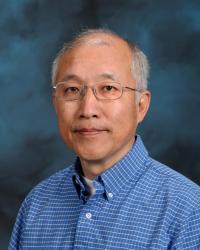
The environmental and geopolitical problems that are associated with nuclear power stem in part from the accumulation of the transuranics in used nuclear fuel. By limiting the production of these four elements many of the concerns that surround the future development of nuclear energy would be significantly reduced. This fact has been known within the nuclear engineering community for decades, and several methods for transmuting these transuranics into more benign forms have been proposed. Advanced recycle strategies that use conventional light-water reactors offer ways of achieving significant reductions in transuranics using conventional reactor systems. Breed-burn reactors offer a potential way to limiting transuranic production with the advantage they make very efficient use of uranium. I will discuss some of the work that we are currently doing on these systems in my group.
Mark Deinert is on the faculty in the Nuclear and Radiation Engineering program at The University of Texas at Austin. He completed a Ph.D. in Nuclear Science and Engineering at Cornell University, where he was also a Postdoctoral Fellow in the Department of Theoretical and Applied Mechanics. His research is focused on several aspects of advanced nuclear fuel cycles and reactor designs that minimize environmental impacts. His recent work has appeared in the journals Geophysical Research Letters, Chaos, Energy Economics, the Journal of Applied Physics and it has been profiled in both Nature and Science.

